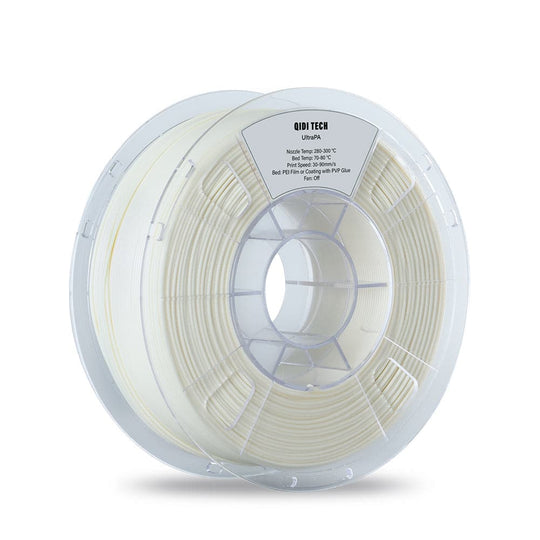Guest
Guest
Sep 10, 2024
6:20 PM

|
The Evolution of 3D Printing: Understanding Different Types of Filament
3D printing has revolutionized the way we create and manufacture objects. At the heart of this technology lies the filament, a crucial component that determines the quality and characteristics of the printed item. But what exactly is filament, and how has it evolved over the years? 
What is Filament?
Filament is a long, thin strand of material used in 3D printing, primarily in Fused Deposition Modeling (FDM) printers. It is available in various materials, each offering unique properties and applications. Understanding these materials is essential for anyone looking to delve into the world of 3D printing.
Types of Filament
There are several types of filament, each suited for different applications. Here are some of the most common:
- PLA (Polylactic Acid): A biodegradable thermoplastic derived from renewable resources, PLA is user-friendly and ideal for beginners.
- ABS (Acrylonitrile Butadiene Styrene): Known for its strength and durability, ABS is commonly used for functional parts and prototypes.
- PETG (Polyethylene Terephthalate Glycol): This filament combines the ease of use of PLA with the strength of ABS, making it a popular choice for various applications.
- TPU (Thermoplastic Polyurethane): A flexible filament, TPU is perfect for creating rubber-like objects, such as phone cases and toys.
- Nylon: Renowned for its toughness and flexibility, nylon is often used in engineering applications.
Choosing the Right Filament
When selecting a filament, consider the following factors:
- Application: What will the printed object be used for? Different filaments serve different purposes.
- Printer Compatibility: Ensure that your 3D printer can handle the specific type of filament you choose.
- Print Settings: Each filament requires different temperature settings and print speeds, which can affect the final product.
For a comprehensive selection of high-quality filament, you can explore  . .
The Future of Filament in 3D Printing
As technology advances, the development of new filament materials continues to grow. Innovations such as composite filaments, which combine traditional materials with additives like carbon fiber or metal, are becoming increasingly popular. These advancements not only enhance the properties of the filament but also expand the possibilities of what can be created through 3D printing.
In conclusion, understanding the different types of filament is essential for anyone interested in 3D printing. By selecting the right material for your project, you can ensure that your printed objects meet your expectations in terms of quality and functionality. As the industry evolves, staying informed about new filament options will be key to maximizing the potential of your 3D printing endeavors.
|